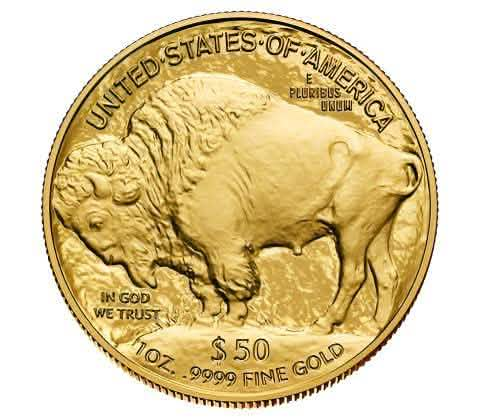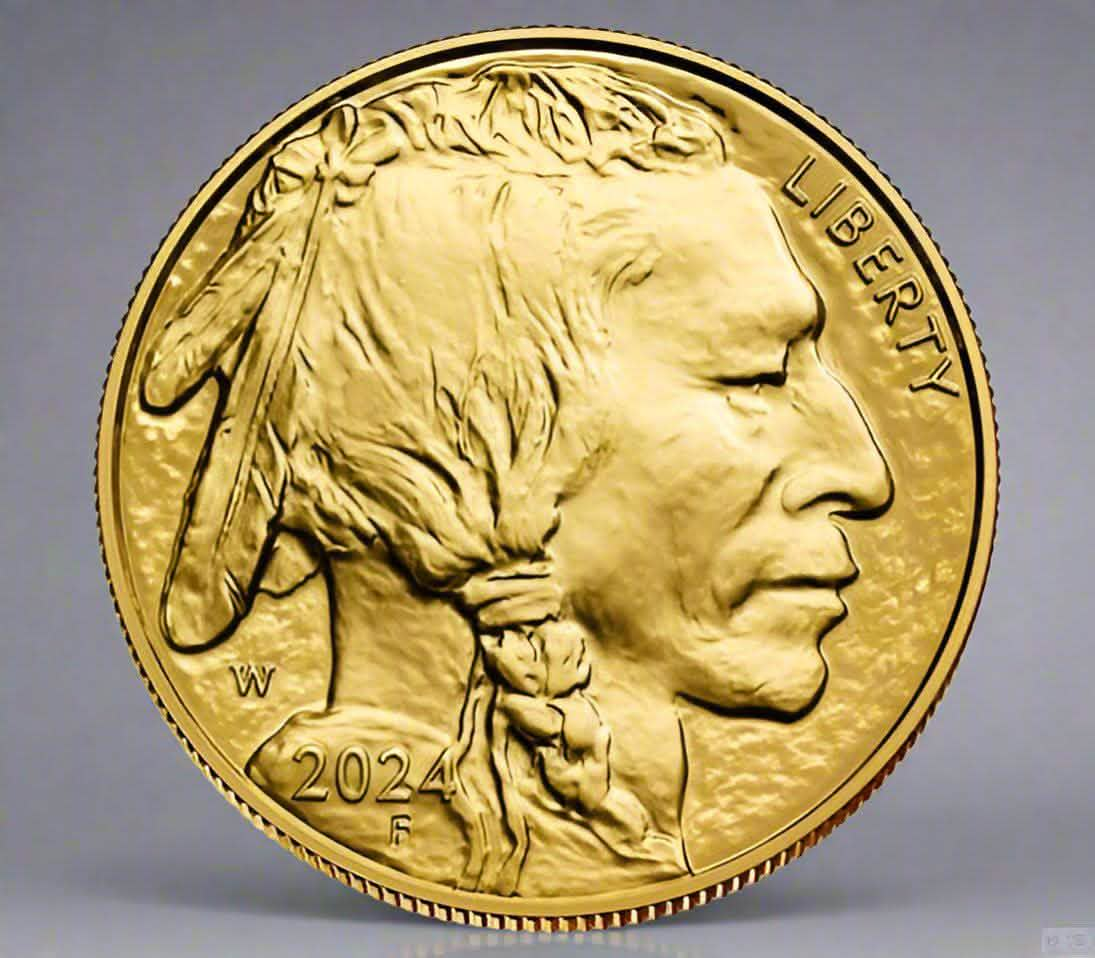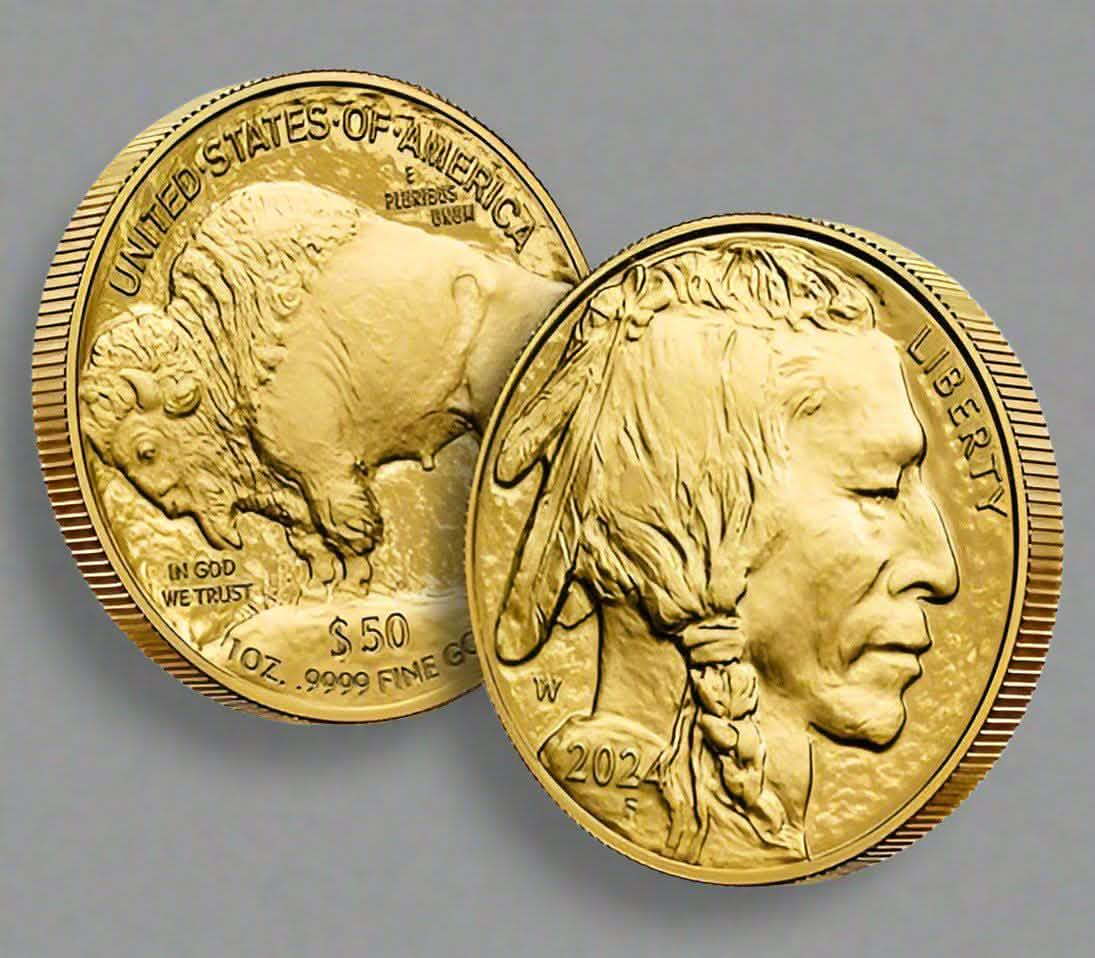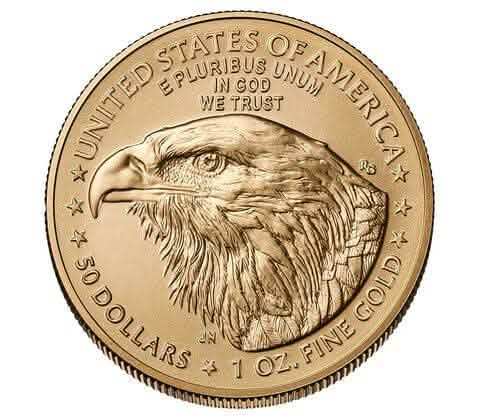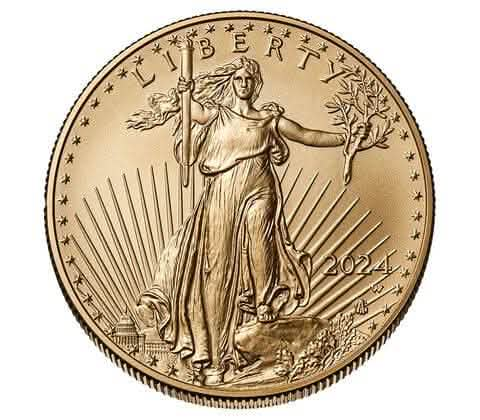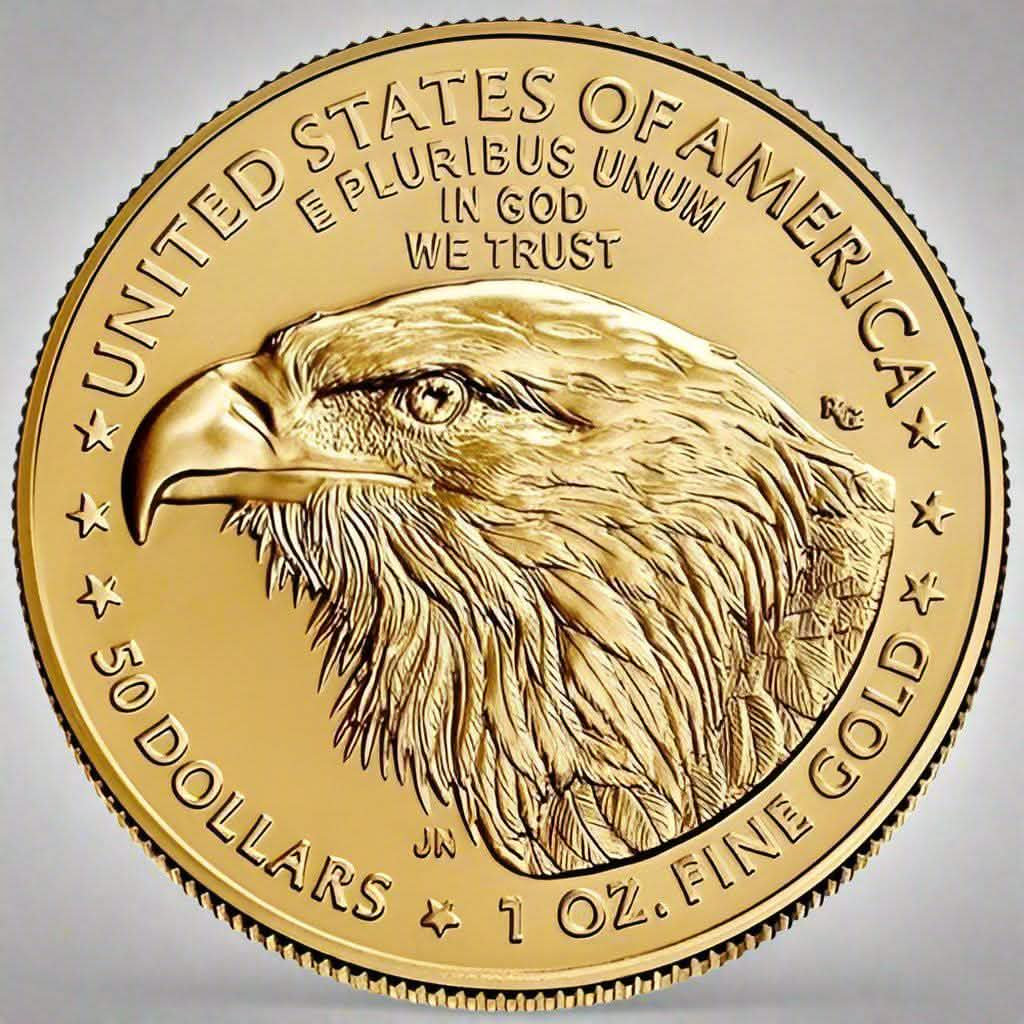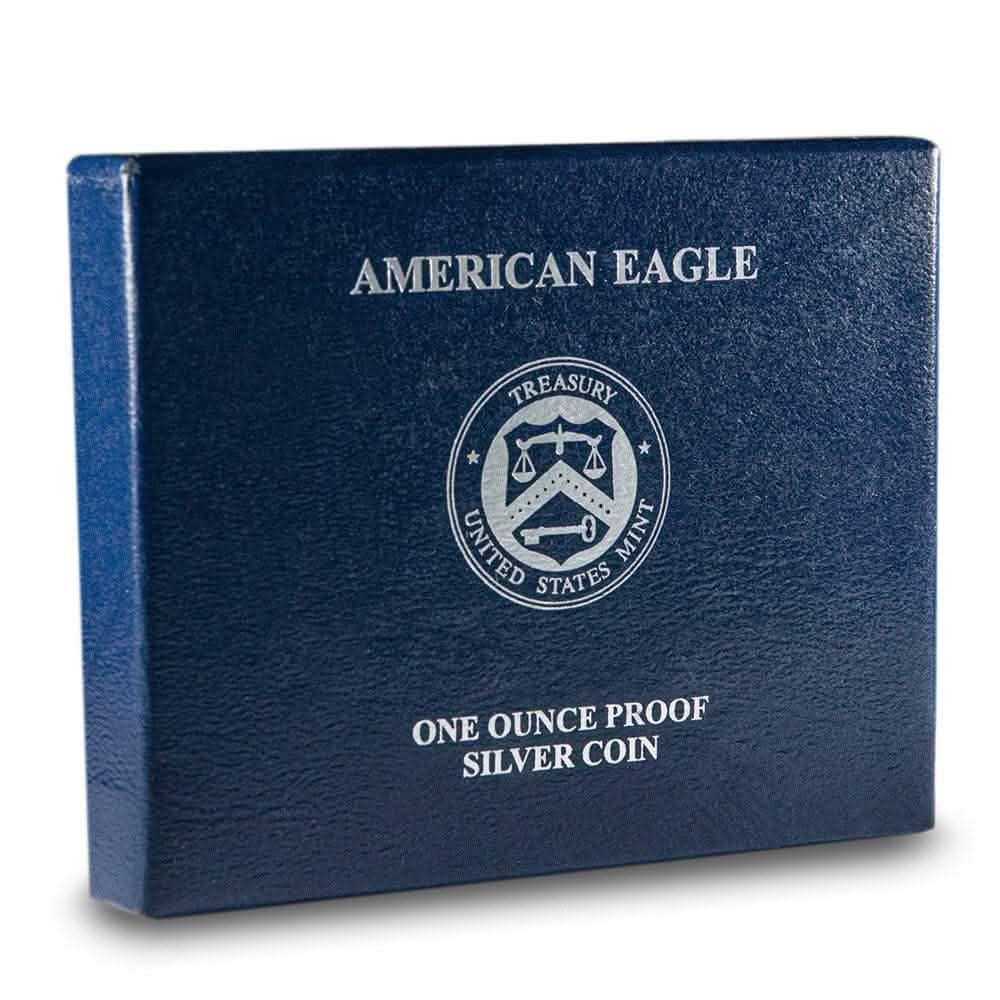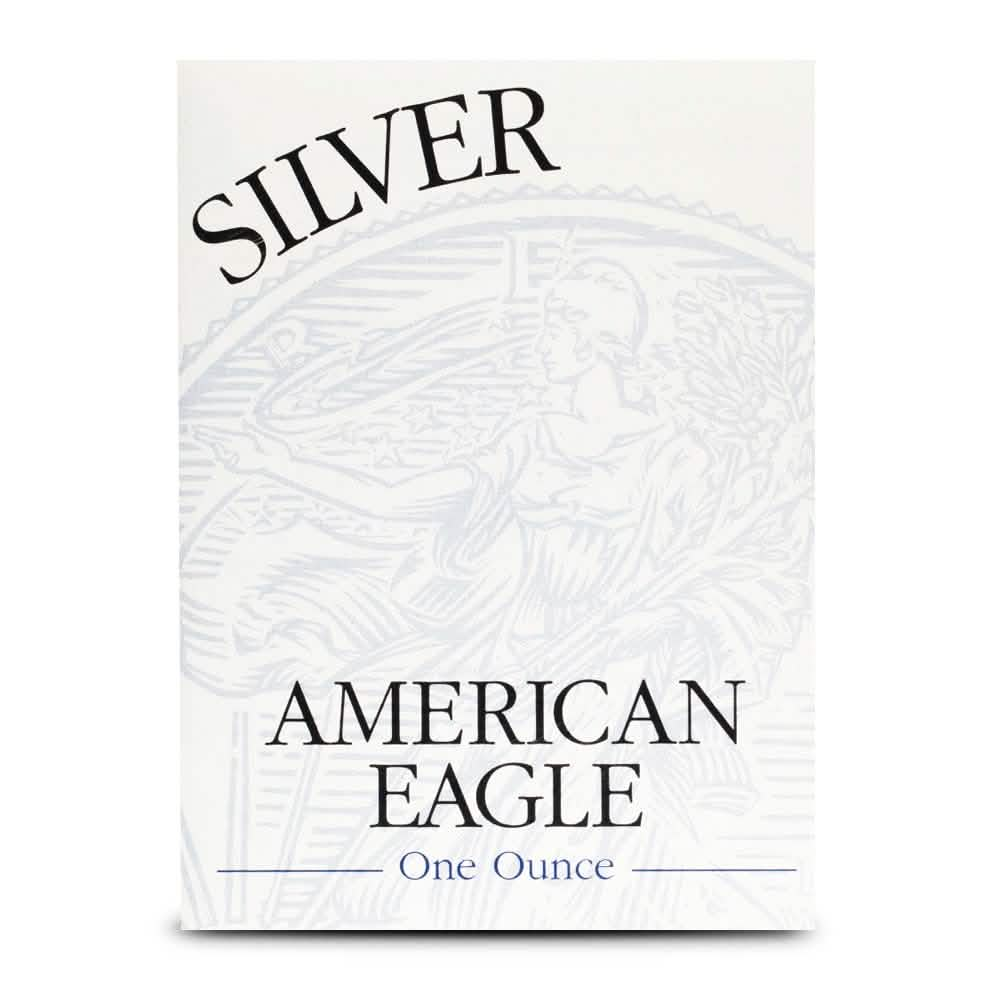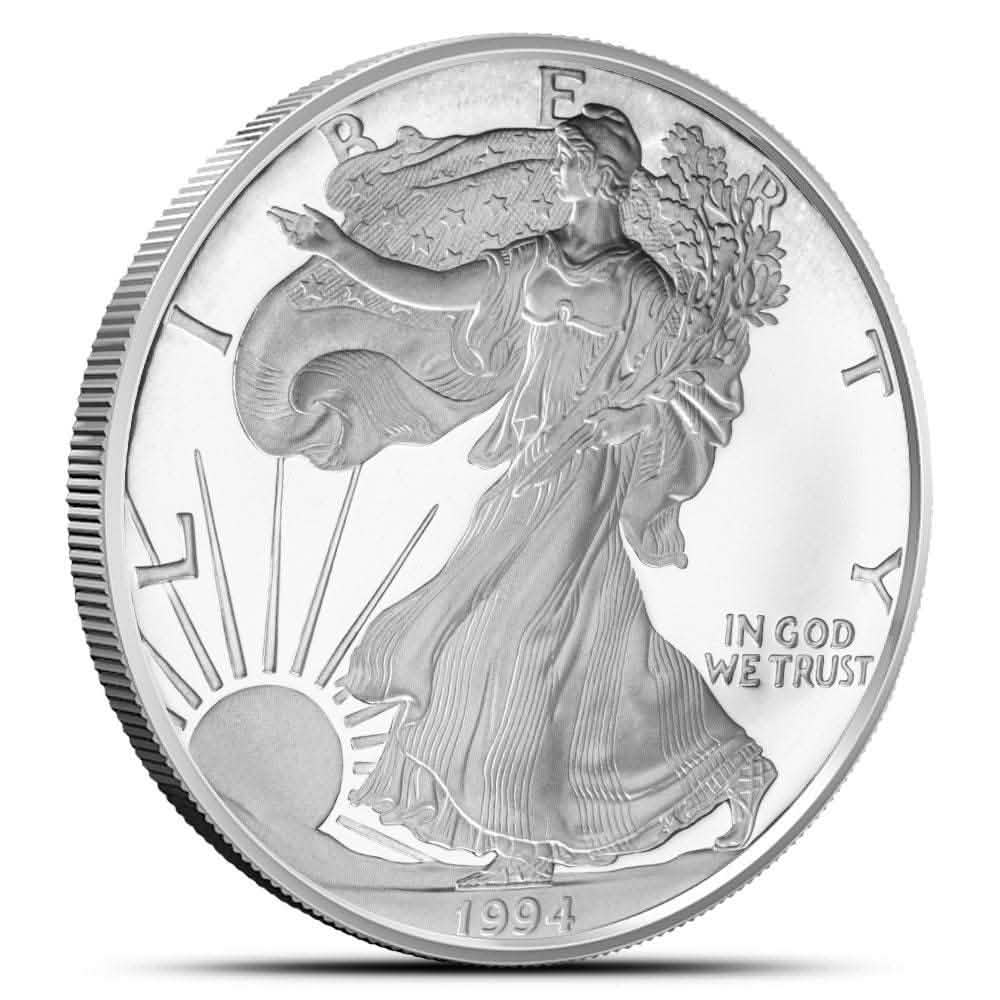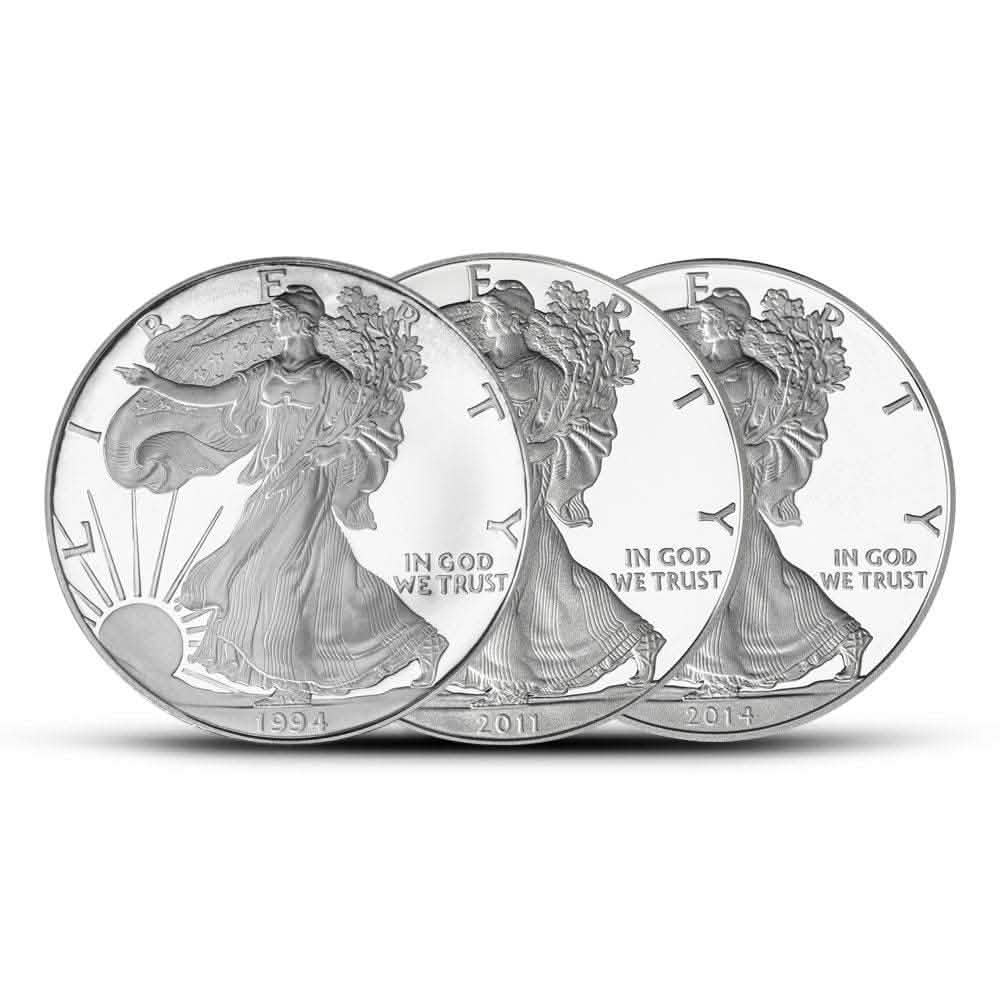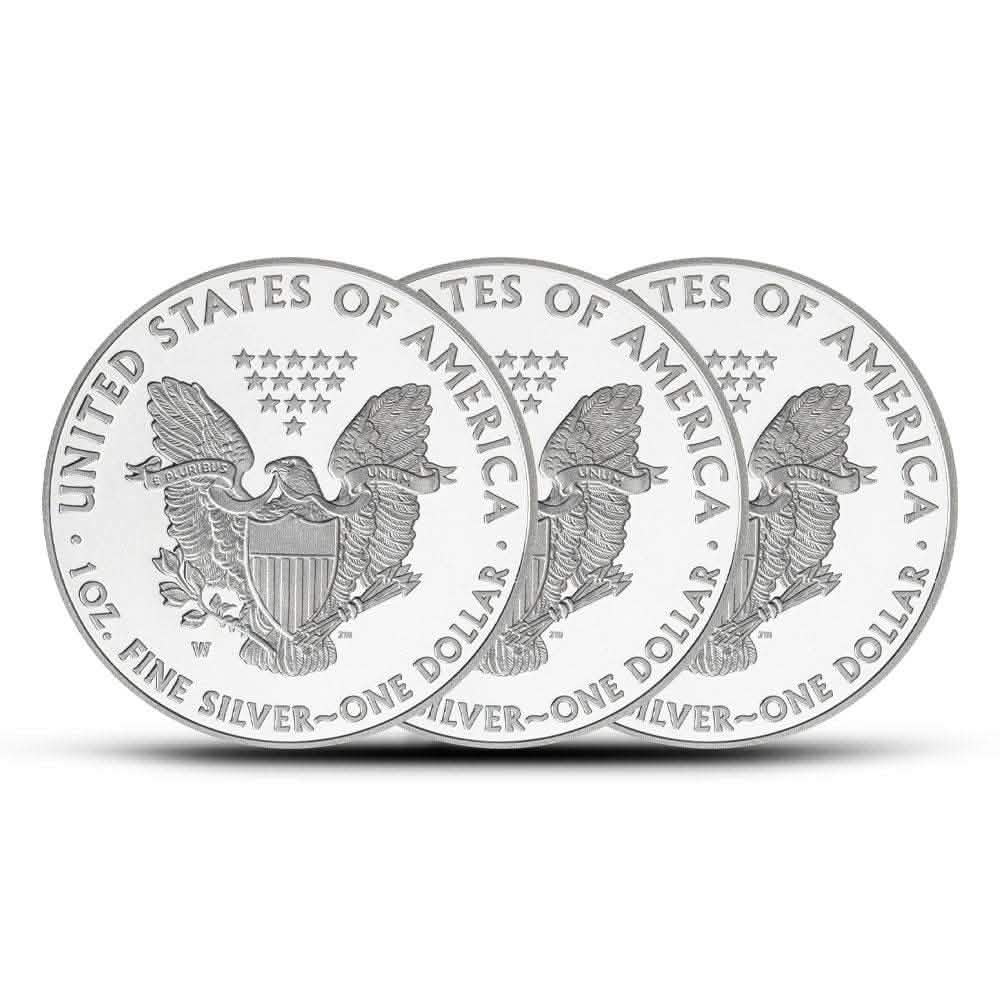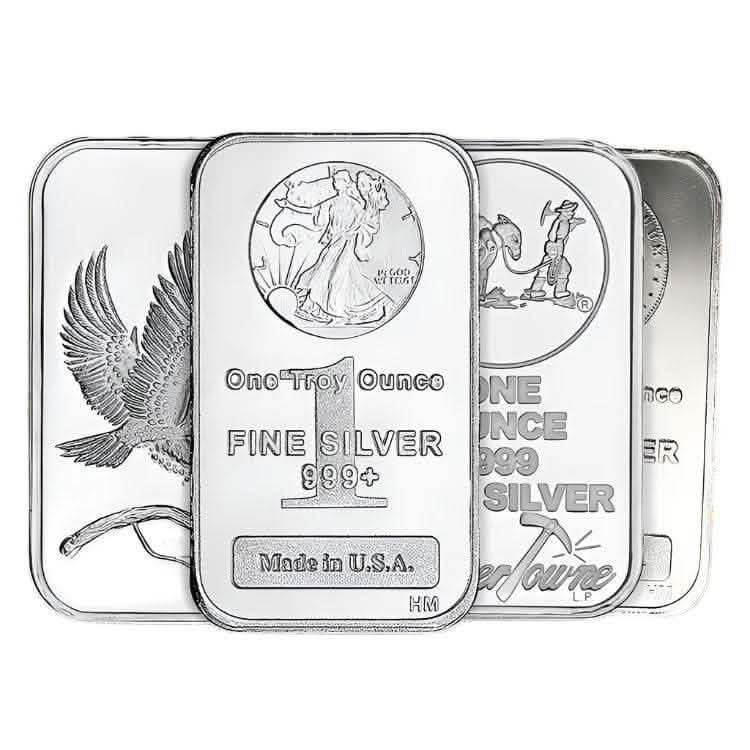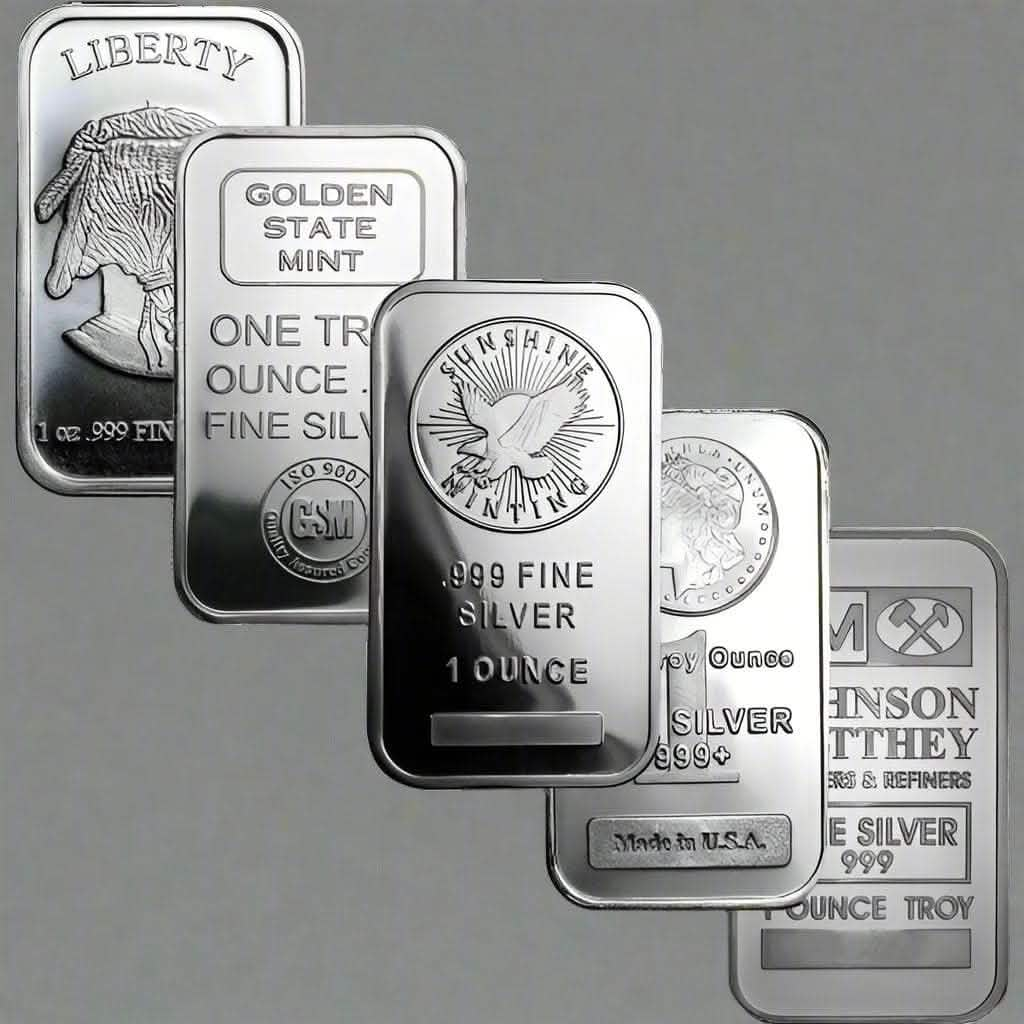Coin collecting, or numismatics, isn’t just a fascinating hobby—it can also be a lucrative investment. Rare coins possess a unique allure, representing monetary value and pieces of history that tell stories of bygone eras, pivotal moments, and global cultures. But which coins are worth money, and how can collectors spot them?
Whether you’re an experienced numismatist or a curious beginner, this guide will walk you through the factors contributing to a coin's rarity, the most valuable coins in the world, and essential tips for identifying and investing in rare coins.
What Makes a Coin Valuable?
Not every coin is worth more than its face value. To assess a coin’s value as rare and desirable, collectors consider several factors:
1. Rarity
Rarity is one of the most critical factors in determining a coin’s worth. The fewer coins available in circulation or existence, the more valuable they can be. Rarity can stem from limited production runs, errors during minting, or destruction over time.
Example: The 1913 Liberty Head Nickel is a prime example—only five coins were minted, making it incredibly rare and sought-after.
2. Demand
The more collectors desire a particular coin, the higher its market value. Demand often relates to historical relevance, unique design, or associations with a famous period in numismatic history.
3. Condition (Grading)
Grading evaluates the coin’s condition, ranging from "Good" (noticeable wear) to "Mint State" (perfectly preserved). Even minor blemishes can impact a coin’s value significantly. Professional grading services like PCGS or NGC provide frameworks to determine a coin’s quality.
Pro Tip: High-quality Coins can fetch exponentially higher prices at auctions than their lower-graded counterparts.
4. Precious Metal Content
Gold, silver, or platinum coins sometimes hold intrinsic value based on their metal content, even if the coin itself isn’t scarce.
5. Historical Significance
Historical relevance adds both sentimental and monetary value. Coins commemorating an event or era, such as the Roman Republic or World War II, often attract higher interest.
The Most Valuable Rare Coins in History
Some coins have rewritten numismatic history and captured global attention for their staggering auction values. Here’s a list of a few legendary pieces collectors rave about:
1. 1794 Flowing Hair Silver Dollar
Considered the first silver dollar minted in the United States, this coin is regarded as a symbol of American independence. Fewer than 200 examples exist, and one sold for a record $10 million in 2013.
2. 1933 Saint-Gaudens Double Eagle
This $20 gold coin was minted in 1933 but never circulated due to President Roosevelt’s Gold Recall Act. Despite its tumultuous history, a single example sold for $7.6 million in 2002.
3. 1909-S V.D.B. Lincoln Penny
While still accessible to determined collectors, this penny remains highly coveted due to its limited mintage and distinctive designer initials ("V.D.B.") on the reverse side.
4. 1913 Liberty Head Nickel
As mentioned earlier, this coin is a favorite among collectors. One of its five known specimens fetched $5 million at auction.
5. 1894-S Barber Dime
Only 24 of these dimes were struck, and just nine are believed to exist today. One pristine example sold for $1.3 million in 2007.
Tips for Identifying Rare Coins
Striking it lucky with a rare coin often starts with thoroughly understanding what to look for. Here are some expert coin-collecting tips:
1. Inspect Your Change
While it’s rare to discover valuable coins in circulation today, it’s not impossible! Always check your pocket change for coins with unusual mintmarks (e.g., “CC,” for Carson City) or dates.
2. Research Mint Errors
Mint mistakes like double strikes, off-center strikes, or clipped planchets can make a coin significantly more valuable.
Example: The 1955 Doubled Die Lincoln Penny is a favorite among error coin collectors.
3. Attend Coin Shows and Auctions
Coin shows and auctions can be excellent venues to find rare coins. Please look for reputable events hosted by organizations like the American Numismatic Association (ANA).
4. Use a Magnifying Glass
Details matter when identifying rare attributes—using magnifying glasses or digital microscopes ensures you don’t miss small but significant traits.
5. Leverage Online Tools
Use resources like the PCGS Coin Price Guide or the NGC World Coin Price Guide to check the current market value of coins based on grade and rarity.
Investing in Rare Coins Wisely
Investing in rare coins can be profitable, but it’s essential to approach it thoughtfully. Here are five strategies to ensure success and avoid common pitfalls:
1. Start Small
If you’re a beginner, avoid purchasing high-value coins right away. Build your understanding by collecting affordable and moderately rare items, such as commemorative coins or uncirculated sets.
2. Buy Graded Coins
When investing in expensive coins, always opt for professionally graded ones. Graded coins are certified, which authenticates their value and condition.
3. Focus on Historical Value
Coins tied to significant events or periods often retain value better than others. For example, coins from extinct empires or major wars are exceptionally resilient investments.
4. Beware of Counterfeits
Unfortunately, counterfeit coins are a concern in the market. You can stick to reputable dealers or auctions and verify authenticity with independent grading organizations.
5. Diversify Your Portfolio
Just like any investment, diversification reduces risk. Instead of putting all your funds into a single coin or type, spread your investments across different eras and categories.
Rare Coins Offer More Than Monetary Value
Rare coins are more than just valuable objects—they’re cultural artifacts, pieces of history shaped by economic and political forces. The pursuit of collecting allows numismatists to preserve significant moments while fostering a deep appreciation for art, history, and commerce.
Whether inspecting loose change for a hidden treasure or purchasing a coin worth millions of dollars, collecting rare coins is a hobby with limitless possibilities—and one that bridges passion with purpose.
